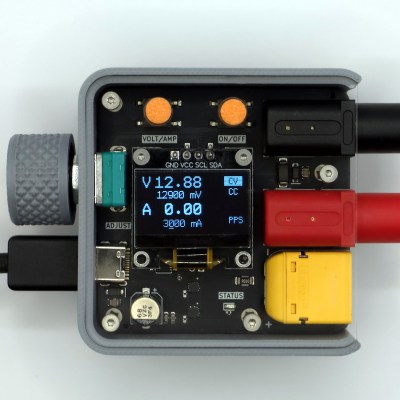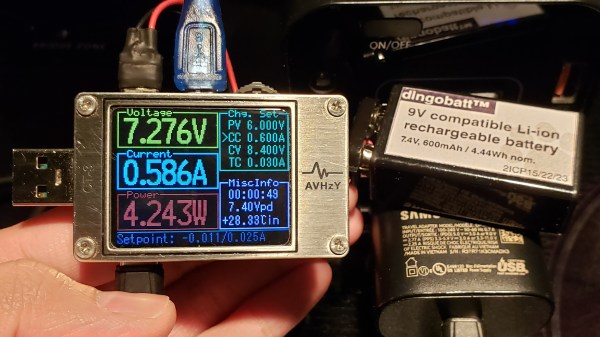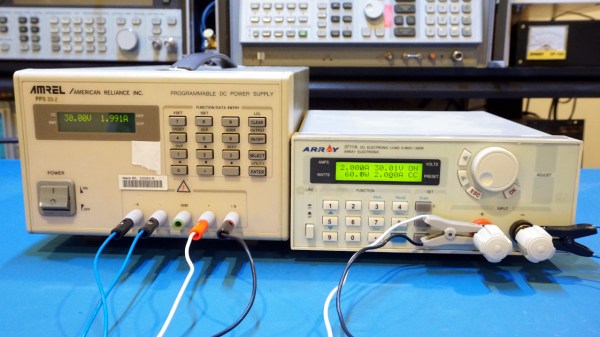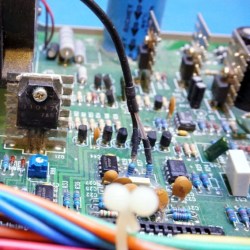USB Power Delivery is widely considered to be a good thing. It’s become relatively standard, and is a popular way for makers to easily power their projects at a number of specific, useful voltages. However, what you may not know is that it’s possible to get much more variable voltages out of some USB chargers out there. As [GreatScott!] explains, you’ll want to meet USB-C PPS.
PPS stands for Programmable Power Supply. It’s a method by which a USB-C device can request variable voltage and current delivery on demand. Unlike the Power Delivery standard, you’re not limited to set voltages at tiers of 5V, 9V, 15V and 20V. You can have your device request the exact voltage it wants, right from the charger. Commercially, it’s most typically used to allow smartphones to charge as fast as possible by getting the optimum voltage to plumb into the battery. However, with the right techniques, you can use PPS to get a charger to output whatever voltage you want, from 3.3 V to 21 V, for your own nefarious purposes. You can choose a voltage in 20 mV increments, and even set a current limit in 50 mA increments. Don’t go mad with power, now.
However, there’s a hitch. Unlike USB PD, there isn’t yet a whole ecosystem of $2 PPS breakout boards ready to gloop into your own little projects. As [GreatScott!] suggests, if you want to use PPS, you might want to take a look at the AP33772S IC. It’s a USB PD3.1 Sink Controller. You can command it over I2C to ask for the voltage and current you want. If that’s too hard, though, [CentyLab] has a solution on Tindie to get you going faster. It’s also got some exciting additional functionality—like USB-C AVS support. It offers higher voltage and more power, albeit with less resolution, but chargers with this functionality are quite obscure at this stage.
We’ve actually touched on PPS capability before in our exploration of the magic that is USB-C Power Delivery. Video after the break.
Continue reading “PPS Is The Hottest USB-C Feature You Didn’t Know About”
















